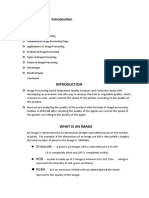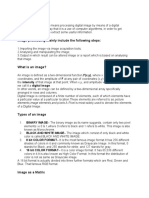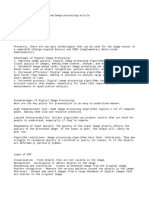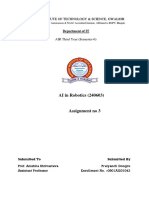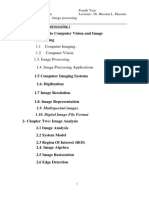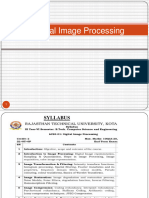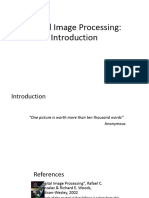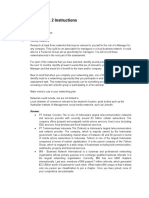0% found this document useful (0 votes)
33 views19 pagesImage Processing and Computer Vision 1
Uploaded by
dileep.rathoreCopyright
© © All Rights Reserved
We take content rights seriously. If you suspect this is your content, claim it here.
Available Formats
Download as PPTX, PDF, TXT or read online on Scribd
0% found this document useful (0 votes)
33 views19 pagesImage Processing and Computer Vision 1
Uploaded by
dileep.rathoreCopyright
© © All Rights Reserved
We take content rights seriously. If you suspect this is your content, claim it here.
Available Formats
Download as PPTX, PDF, TXT or read online on Scribd
/ 19
